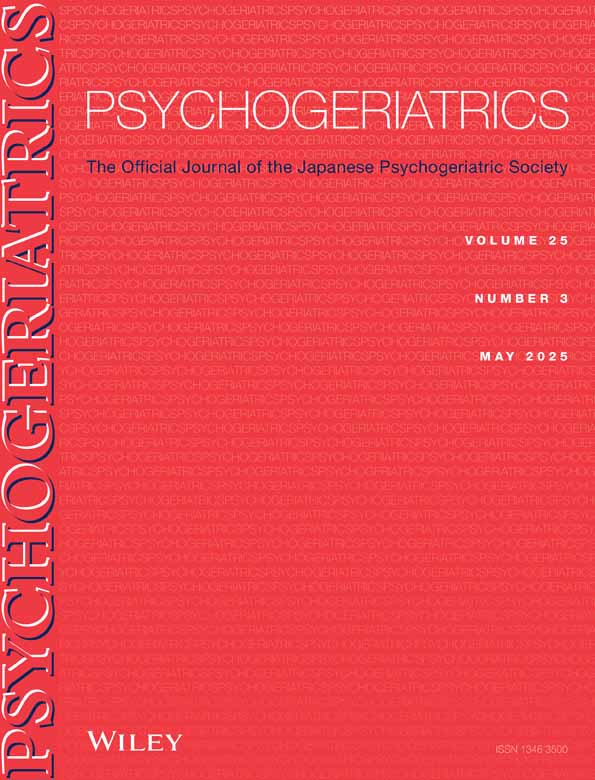Silencing of lncRNA PRR34-AS1 Alleviates Alzheimer's Disease by Targeting miR-29c-3p to Regulate Microglia Inflammation
Funding: This work was supported by Research Project of Zhejiang Public Welfare Fund (2016C33228) and Jinhua Municipal Science and Technology Plan Project (2021-3-087).
ABSTRACT
Objective
This study aims to investigate the role of long non-coding RNA (lncRNA) PRR34 antisense RNA 1 (PRR34-AS1) and microRNA (miR)-29c-3p in Alzheimer's disease (AD) and to explore their mechanisms.
Methods
The study included 35 AD patients and 35 healthy controls. In vitro experiments were conducted using microglial cell lines HMC3 and BV2, which were treated with Aβ25-35, and gene knockout or overexpression experiments were performed to verify the function of the target genes. PRR34-AS1 and miR-29c-3p levels in serum and cells were detected using RT-qPCR. Dual luciferase reporter assay and RNA pull-down assay were conducted to validate the interaction between PRR34-AS1 and miR-29c-3p. The CCK-8 assay and flow cytometry were used to assess cell viability and apoptosis.
Results
The findings showed that PRR34-AS1 levels were elevated in the serum of AD patients, while miR-29c-3p levels were significantly decreased, with a negative correlation observed between them. Silencing PRR34-AS1 alleviated the decline in cell viability and increase in apoptosis induced by Aβ25-35 in microglial cells and inhibited the release of pro-inflammatory factors. Additionally, a direct interaction between PRR34-AS1 and miR-29c-3p was confirmed. Silencing miR-29c-3p counteracted the anti-inflammatory effects of PRR34-AS1.
Conclusion
This study discovered that the PRR34-AS1/miR-29c-3p axis played a crucial role in the Aβ25-35-induced AD cell model. The inhibition of PRR34-AS1 can alleviate neuroinflammation and apoptosis in microglial cells, with miR-29c-3p serving as a significant mediator in this process.
Conflicts of Interest
The authors declare no conflicts of interest.
Open Research
Data Availability Statement
The data that support the findings of this study are available from the corresponding author upon reasonable request.




